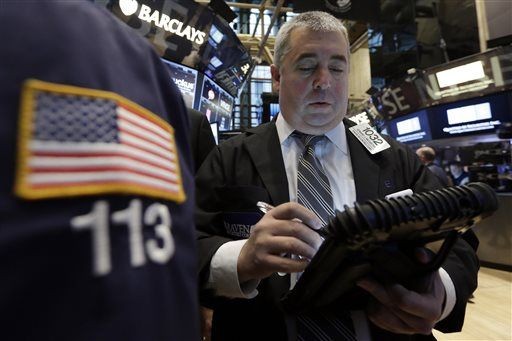3 Signals that the Fed is about to raise interest rates
Post on: 16 Март, 2015 No Comment

TILA-RESPA: Important details you may have missed
A new white paper from a Boston attorney who represents several clients in the housing economy in New England suggests that an interest rate hike may come later in 2015 than most think, and it may not be a net negative for several segments in the industry
John Siciliano, partner at Hemenway & Barnes. Bostons oldest fiduciary law firm, discussed with HousingWire the white paper that looks at the current low interest rate environment for mortgages that has been gripping the nation for over a year but which many think will be ending by mid-year.
Sicilianos analysis of the marketplace suggests there are three key indicators to look for when an interest rate hike is imminent.
There will come a time when low interest rates have fulfilled their mission and the Federal Reserve concludes the economic pump has been primed enough. Being prepared for the interest rate hike means keeping a close watch on other factors in the economic environment, he writes.
The indicators are:
- Employment leveling: More headcount at companies means more employees looking for housing, presenting an ongoing opportunity for urban development. When employment levels off, it will serve as a partial trigger for a slowdown in the urban building boom.
- Wage spikes: When wages begin to spike showing true corporate confidence in a growth environment there will be less of a need for low interest rates to provide a foundation for spending power.
- Lapses in rental unit demand: The apartment rental market has been strong in recent years. Eventually, however, wage increases and lifestyle changes will turn the millennial generations attention to ownership of either single-family houses or condos.
The effect of a rate hike on the housing economy would have mixed results there is the obvious concern it will discourage some homebuyers, but many lenders say a hike would allow them to offer a wider diversity of loan products.
It could also affect developers looking for funding for construction, Siciliano tells HousingWire.
The U.S. real estate market has seen the benefits of low interest rates for a number of years, allowing for significant capital flowing into real estate development. Especially in Boston, investors and developers are waist-deep in commercial projects that capitalize on inexpensive financing, including multi-family residential projects, he says.
Overall, 30-year fixed mortgage rates have dropped to levels not seen in almost two years.
The 30-year fixed-rate mortgage averaged 3.75% with an average 0.6 point for the week ending March 5, 2015, down from last week when it averaged 3.80%. A year ago at this time, the 30-year FRM averaged 4.28%.
Meanwhile, economic turmoil in Europe could affect continued growth in the United States. Siciliano notes that moves made overseas will gradually impact global trade and American consumers, perpetuating a cautious spending environment.
Just as Quantitative Easing was drawn down, interest rates will be bumped up to place less emphasis on cheap debt and more on spending some of the capital that has been generated, he said.
Sicilianos white paper can be read here.














